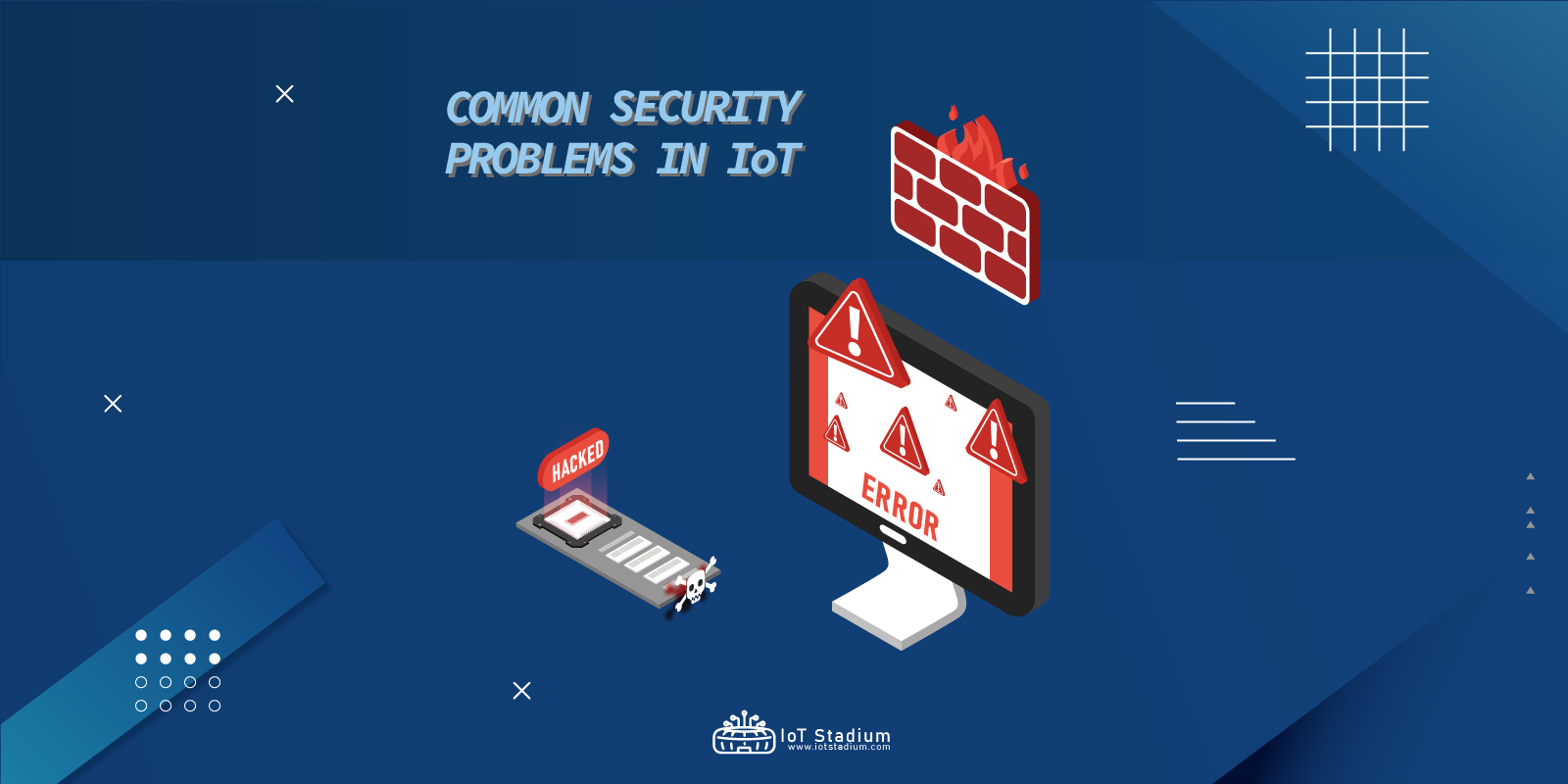Two decades have passed, and the development of the Internet of Things (IoT) has reached a significant step. Some businesses are beginning to remotely monitor, analyze, and control their business instruments with the help of IoT devices. This also increases the use cases for IoT, and according to IoT Analytics, there will be 14,4 billion connected IoT devices around the world by 2025.
Although the IoT has created new possibilities, it has also given rise to new issues for developers, manufacturers, and users who rely on these products and services. Even though some of the biggest IoT challenges have always existed, they are currently receiving more attention as more and more people adopt this technology.
With the spread of IoT devices and hardware, it is natural to face numerous security challenges and vulnerabilities. IoT devices are vulnerable to many cyber threats and attacks because they are designed to connect to the internet, collect, and transmit data. It’s critical to be aware of these risks and take precautions to mitigate them, such as using strong passwords, encryption, and regular software updates.
So, what is IoT security?
IoT security is the process of protecting IoT devices and the network they are connected to, in order to preserve user privacy and data confidentiality. This involves implementing protocols to safeguard devices and data, as well as securing the infrastructure against potential cyber threats. This includes device security, network security, data encryption, access control, and other measures. Prioritizing IoT security ensures that users’ devices and data are protected from unauthorized access and malicious attacks. It’s important to remember that IoT security is a shared responsibility among manufacturers, service providers, and users, and all parties must work together to ensure the safety and privacy of IoT devices and data.
However, despite the criticality of IoT security, there are still challenges and vulnerabilities that require ongoing attention and management. Some of the problems may have a few solution for personal use, and some problems may not have a solution.
1. Threats and Attacks
IoT devices are highly vulnerable to several network attacks because of their connectivity and accessibility, including data theft, phishing, spoofing, and denial of service (DDoS) attacks. Such attacks have the potential to seriously harm both people and organizations, resulting in serious security breaches, data loss, and monetary losses. Furthermore, if these initial security flaws are not fixed, they may pave the way for even more harmful cyberattacks like ransomware attacks and significant data breaches. The integrity and privacy of sensitive data must be protected, and this can be done by implementing strong IoT security measures.
- Solution
Using a combination of alphanumeric characters and both uppercase and lowercase letters can make it more difficult for unauthorized individuals to access IoT devices. This can help to enhance device security and protect sensitive information from being misused.
2. Complexity
While IoT has made many activities easier, from home automation to industrial production, a single IoT ecosystem can contain many interconnected devices. These can range from sensors or actuators (devices), networks (WiFi, ISPs, routers, bridges, gateways, etc.), protocols (network, communication, and data), and regulations (confidentiality and security).. With all of these factors at play, it is essential to have a comprehensive understanding of the complex nature of IoT systems in order to properly design, deploy, and manage them).
- Solution
Using the same IoT devices and the gateway from the same manufacturer, since there are some manufacturers provide the IoT devices and provide the gateway or the routers for IoT communication.
3. Limited Capacities in Devices
Certain IoT devices may come with inherent limitations, specifically regarding their power, processing, and memory capabilities. These limitations can create challenges for manufacturers when attempting to implement advanced security patterns and protocols. As a result, these devices may be more susceptible to defects and attacks, posing risks to the privacy and security of users’ information. It is crucial for manufacturers to prioritize security in the design and development of these devices to ensure the safety of users‘ data. This can be achieved through collaboration with cybersecurity experts and continuous updates to address potential vulnerabilities.
4. Limited Experience
The field of IoT is still relatively new, and many of us are still learning how to manage the potential threats and security risks that come with it. Unfortunately, there are not yet many cybersecurity experts who specialize in IoT, making it a particularly challenging area to navigate. Basic rules and guidelines for IoT cybersecurity are also still in the process of being developed, leaving many users unsure about how to protect their devices and data. Overall, it’s clear that there is a lot of work to be done to ensure the safety and security of IoT devices and networks.
5. Ambiguity in Responsibilities
Who should be held accountable in the event of a cyberattack on IoT devices is still up for debate. Does one of the stakeholders—the manufacturer, the service provider, or the user—bear responsibility?
How security would be handled when a component is shared by several parties is another crucial consideration.
Conclusion
IoT devices are vulnerable to network attacks, and strong security measures must be implemented. However, there are challenges in IoT security, such as complexity, limited device capacities, and ambiguity in responsibilities. Collaboration with cybersecurity experts and continuous updates are necessary to address potential vulnerabilities and ensure the safety and security of IoT devices and networks.
Each registered device on IoT Stadium will be given two authenticators: a Device ID and an Access Token. The Device ID is a unique identifier assigned to each device that is used to differentiate one device from another. The access token is a security token generated by the platform that the device uses to verify itself to the platform.
Visit our blog to get more information about technology. Alternatively, visit our knowledge base page for tutorials on how to use the features in IoT Stadium.








